Rising Incidence of Digital Piracy
The Antipiracy Protection Market is experiencing heightened demand due to the increasing incidence of digital piracy. As more content is consumed online, the risk of unauthorized distribution escalates. Reports indicate that the global cost of digital piracy could reach billions annually, prompting businesses to invest in robust antipiracy solutions. This trend is particularly evident in sectors such as entertainment and software, where intellectual property theft can severely impact revenue streams. Consequently, companies are prioritizing the implementation of advanced antipiracy technologies to safeguard their assets. The urgency to combat piracy is further amplified by the proliferation of streaming services and digital platforms, which have become prime targets for infringers. Thus, the rising incidence of digital piracy serves as a critical driver for growth in the Antipiracy Protection Market.
Regulatory Compliance and Legal Frameworks
The Antipiracy Protection Market is significantly influenced by evolving regulatory compliance and legal frameworks. Governments worldwide are increasingly enacting stringent laws to protect intellectual property rights, which in turn drives demand for antipiracy solutions. For instance, the introduction of the Digital Millennium Copyright Act has established a legal basis for combating online piracy, compelling businesses to adopt effective antipiracy measures. Furthermore, compliance with international treaties and agreements, such as the Agreement on Trade-Related Aspects of Intellectual Property Rights, necessitates the implementation of robust antipiracy strategies. Companies that fail to comply with these regulations risk facing legal repercussions and financial penalties. As a result, the need for effective antipiracy protection is becoming paramount, thereby propelling growth within the Antipiracy Protection Market.
Technological Innovations in Antipiracy Solutions
Technological innovations are reshaping the Antipiracy Protection Market, as advancements in artificial intelligence and machine learning enhance the effectiveness of antipiracy solutions. These technologies enable real-time monitoring and detection of unauthorized content distribution, allowing companies to respond swiftly to potential threats. The integration of blockchain technology is also emerging as a promising solution, providing a transparent and secure method for tracking content ownership and usage rights. As organizations increasingly recognize the value of these innovations, investments in antipiracy technologies are expected to surge. Market data suggests that the adoption of AI-driven solutions could lead to a significant reduction in piracy rates, thereby safeguarding revenue for content creators. Consequently, the continuous evolution of technology serves as a vital driver for the Antipiracy Protection Market.
Increased Collaboration Among Industry Stakeholders
The Antipiracy Protection Market is benefiting from increased collaboration among industry stakeholders, including content creators, technology providers, and legal entities. This collaborative approach fosters the development of comprehensive antipiracy strategies that address the multifaceted nature of piracy. By sharing resources and expertise, stakeholders can create more effective solutions to combat piracy. Initiatives such as industry coalitions and partnerships are becoming more prevalent, enabling stakeholders to pool their knowledge and enhance their collective response to piracy threats. Furthermore, these collaborations often lead to the establishment of best practices and standards for antipiracy measures, which can be adopted across various sectors. As the industry continues to unite against piracy, this trend is likely to drive growth and innovation within the Antipiracy Protection Market.
Growing Demand for Content Protection in Emerging Markets
The Antipiracy Protection Market is witnessing a surge in demand for content protection solutions in emerging markets. As internet penetration increases and digital content consumption rises in these regions, the risk of piracy becomes more pronounced. Emerging markets are often characterized by weaker enforcement of intellectual property laws, making them attractive targets for infringers. Consequently, businesses operating in these areas are compelled to invest in antipiracy measures to protect their intellectual property. Market analysis indicates that the antipiracy solutions market in these regions is expected to grow at a rapid pace, driven by the need for effective content protection. This trend highlights the importance of tailored antipiracy strategies that address the unique challenges faced by businesses in emerging markets, thereby fueling growth in the Antipiracy Protection Market.


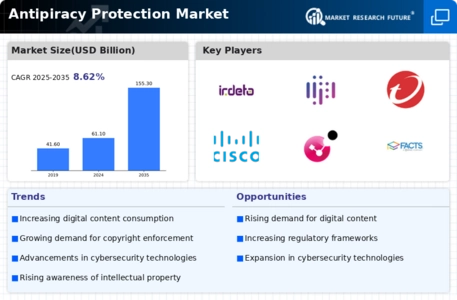
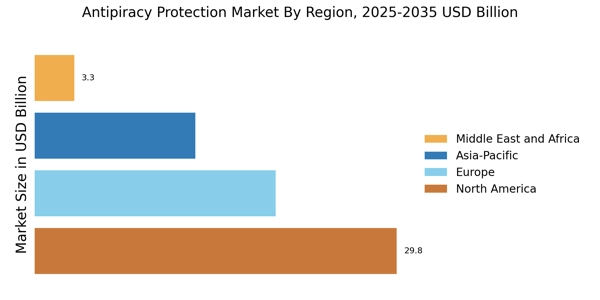


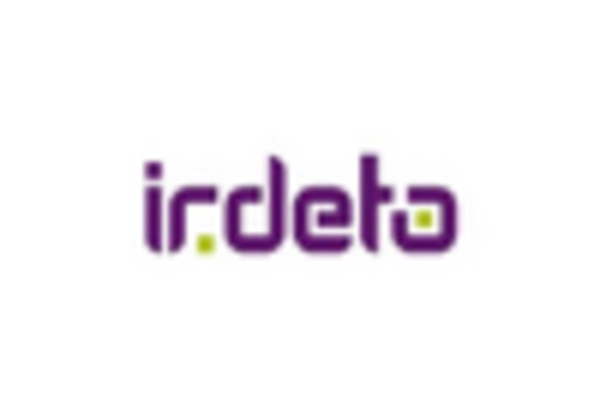
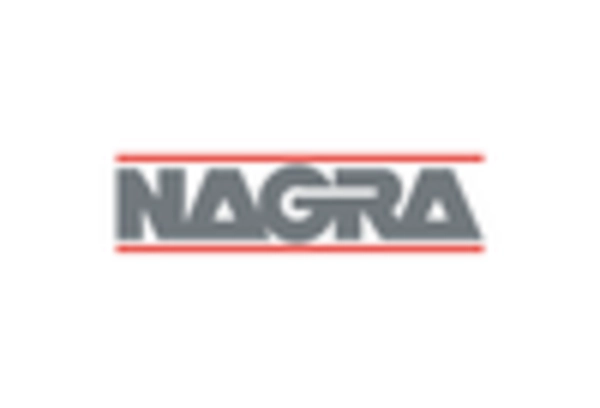

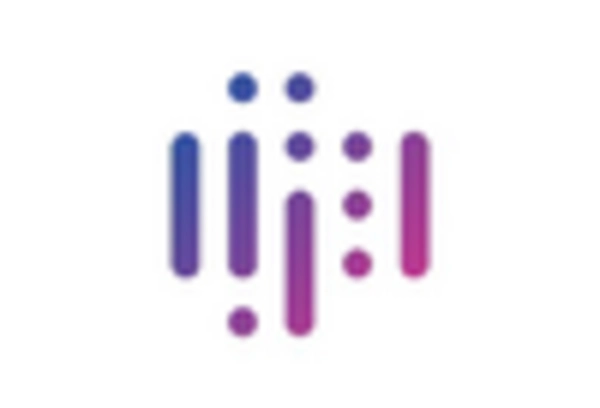








Leave a Comment